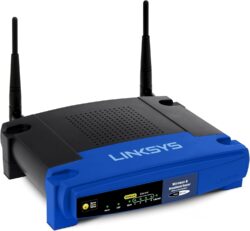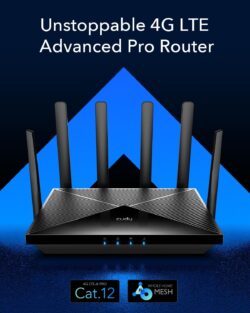
Exercice 54
On considère les trois dictionnaires Pythons qui regroupe la totalité du matériels informatiques:
dicPC={"HP": 11 , "Acer": 7 , "Lenovo": 17 , "Del": 23}
dicPhone={"Sumsung": 22 , "Iphone": 9 , "Other": 13 }
dicTablette = {"Sumsung": 15 , "Other": 13}
Écrire un programme Python qui regroupe en concaténant ces trois dictionnaires en un seule avec deux méthodes différentes.
Solution
1 ère méthode
# coding: utf-8
dicPC={"HP": 11 , "Acer": 7 , "Lenovo": 17 , "Del": 23}
dicPhone={"Sumsung": 22 , "Iphone": 9 , "Other": 13 }
dicTablette = {"Sumsung": 15 , "Other": 13}
# on crée un dictionnaire vide qui va contenir les autres dictionnaires
dicTotal = {}
# on ajoute les dictionnaire un par un via la méthode update
dicTotal.update(dicPC)
dicTotal.update(dicPhone)
dicTotal.update(dicTablette)
print(dicTotal)
Ce qui affiche après exécution:
{'HP': 11, 'Acer': 7, 'Lenovo': 17, 'Del': 23, 'Sumsung': 15, 'Iphone': 9, 'Other': 13}
Solution
2ème méthode
# coding: utf-8
dicPC={"HP": 11 , "Acer": 7 , "Lenovo": 17 , "Del": 23}
dicPhone={"Sumsung": 22 , "Iphone": 9 , "Other": 13 }
dicTablette = {"Sumsung": 15 , "Other": 13}
# on crée un dictionnaire qui va contenir les autres
dicTotal = {}
# on ajoute les dictionnaires via la boucle for
for d in [dicPC , dicTablette, dicPhone]:
dicTotal.update(d)
print(dicTotal)
Younes Derfoufi
CRMEF OUJDA
Post Views: 13 062




NIIICE